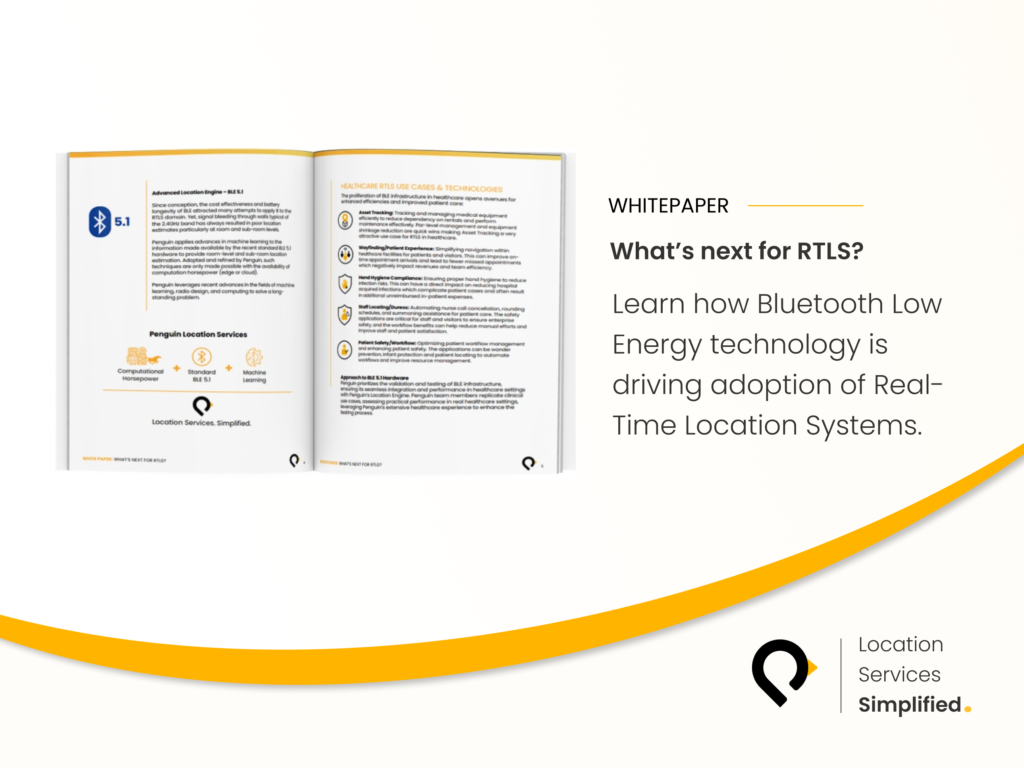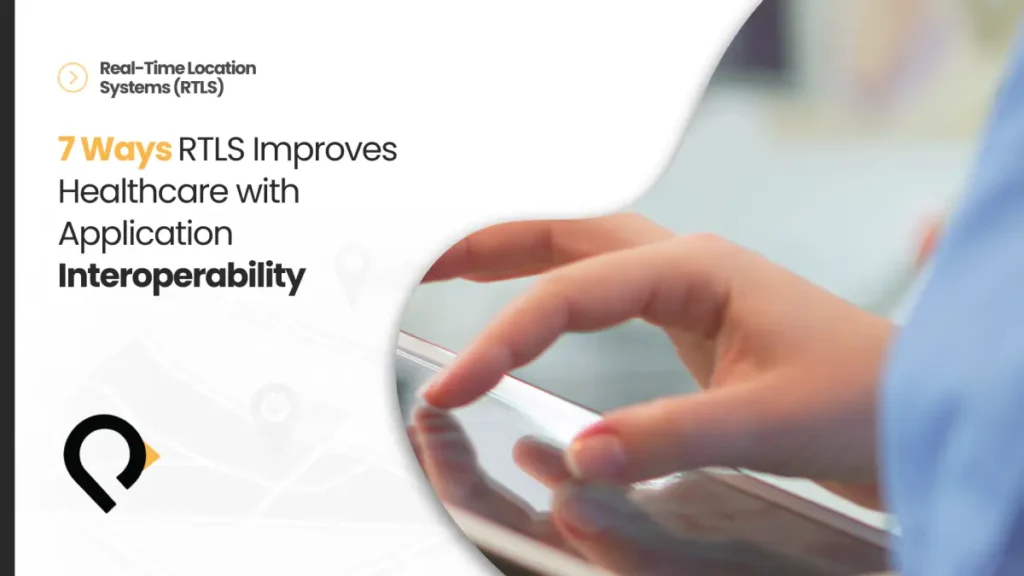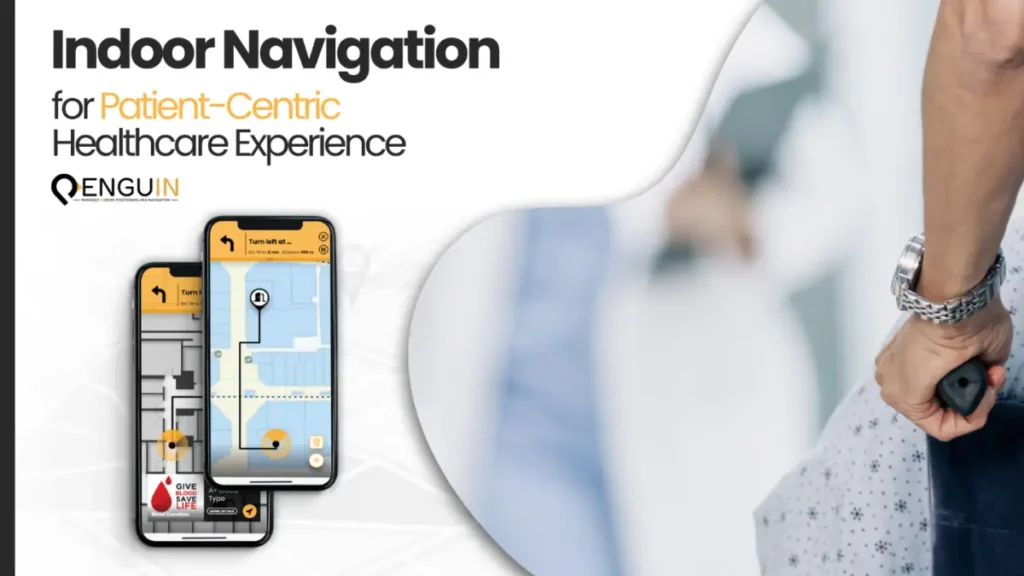
Occupants and visitors of smart buildings expect sufficient intelligence to support profile-aware interactive services at different locations. This expectation drives the need for sustainable indoor positioning solutions. Venue operators who fall behind in adopting indoor positioning technology are likely to fall short of supporting use cases perceived as an integral part of the smart building era.
Is Indoor Positioning Really Needed?
In many cases, the location requirement may be served well enough by occupancy sensors. However, there are many use cases where accurate indoor positioning is required to (1) better serve the occupants and visitors and (2) develop an in-depth understanding of the traffic and ultimately usage pattern of the building. These use cases drive the need for accurate and sustainable indoor positioning that is owned and potentially monetized by the venue operators themselves. Indoor wayfinding is an example use case applicable in mega venues (e.g. shopping centers) where people will get lost, lose their cars and struggle to find what they are actually looking for.
Read more about PenguinIN Indoor Wayfinding
Is it just Indoor Wayfinding?
Albeit the most obvious, indoor wayfinding is not the only use case built on indoor positioning. Value-driven use cases will vary by venue type:
In hospitals, the return on investment (RoI) of indoor positioning is primarily composed of two use cases: (1) wayfinding to reduce lost appointments and (2) asset tracking to reduce asset loss and time wasted looking for assets.
In airports, the RoI is primarily motivated by the reduction of late passengers causing delayed flight and heavy airline penalties.
In shopping malls, indoor wayfinding and proximity-aware advertising are the key use cases.
For the education sector, driving efficiency thru automated attendance, asset tracking, and even occupant tracking for safety reasons are the most obvious use cases.
Once deployed, indoor positioning platform can further augment the performance of occupancy sensors touted today for many standard smart building use cases as well.

Is the Technology ready?
There are many challenges for delivering an indoor positioning solution including continuously changing environments such as those in open and configurable office spaces and specialized infrastructure that is usually outside the realm of IT department expertise (e.g. various sensors, magnetic field etc.). Moreover, we face a lack of standardized technology and varying KPIs which are driven by the use cases.
However, there are many vendors today providing mature solutions. PenguinIN is one such provider who decided to distinguish itself by providing a turn-key managed indoor positioning solution where location of things is offered as a service. In this model, IT departments will not have to worry about infrastructure setup and maintenance and will offer the technology to internal stakeholders via API and SDKs. Maintenance will include periodic site surveys with calibration performed by our local support teams. This ensures that an accurate and stable position continues to be available long after initial system deployment.
Why not let others do it?
It is very tempting for venue operators to allow the likes of Apple and Google to provide and own the indoor positioning solutions in their venues. They are provided at seemingly no cost and no doubt a ubiquitous solution from Apple or Google may have its benefits particularly for the end user.
However, the issues which linger include those of data ownership, solution monetization, security/ privacy and accuracy KPIs.
Client data is a key asset for venue operators particularly when their marketing department – amongst others – are trying to develop data-driven insights to help with the decision making process. These insights may be offered to venue tenants and others who are interested to sell products and/or services to visitors of this venue.
In addition, venues may be liable especially that they are providing either the infrastructure or the connectivity links to harvest user data. This is particularly true with many jurisdictions mandating privacy regulations. Providing sensitive areas such as airports and hospitals, and any other industry where security is business critical need to prioritize security and privacy. Finally, such solutions may require a complete Wi-Fi and/ or BLE (Bluetooth low energy) infrastructure revamp.
Venues must actively pursue their own enterprise-grade solutions instead of going with Google and Apple for indoor wayfinding. The analogy is too stark with cellular carriers who have built multi-billion-dollar networks in the past and are struggling today to generate revenue while Apple and Google are using these same networks to monetize in innovative ways. Brick-and-mortar venues will suffer a similar fate to cellular carriers if control is relinquished to the likes of Apple and Google.
In an upcoming post, we will discuss the key elements in selecting an indoor positioning solution and introduce some of the KPIs that venue operators should look for before selecting their solution.
Let me know: what do you think about letting Apple or Google in? Do you have any other thoughts?
Please comment below or feel free to reach out to me at [email protected]




